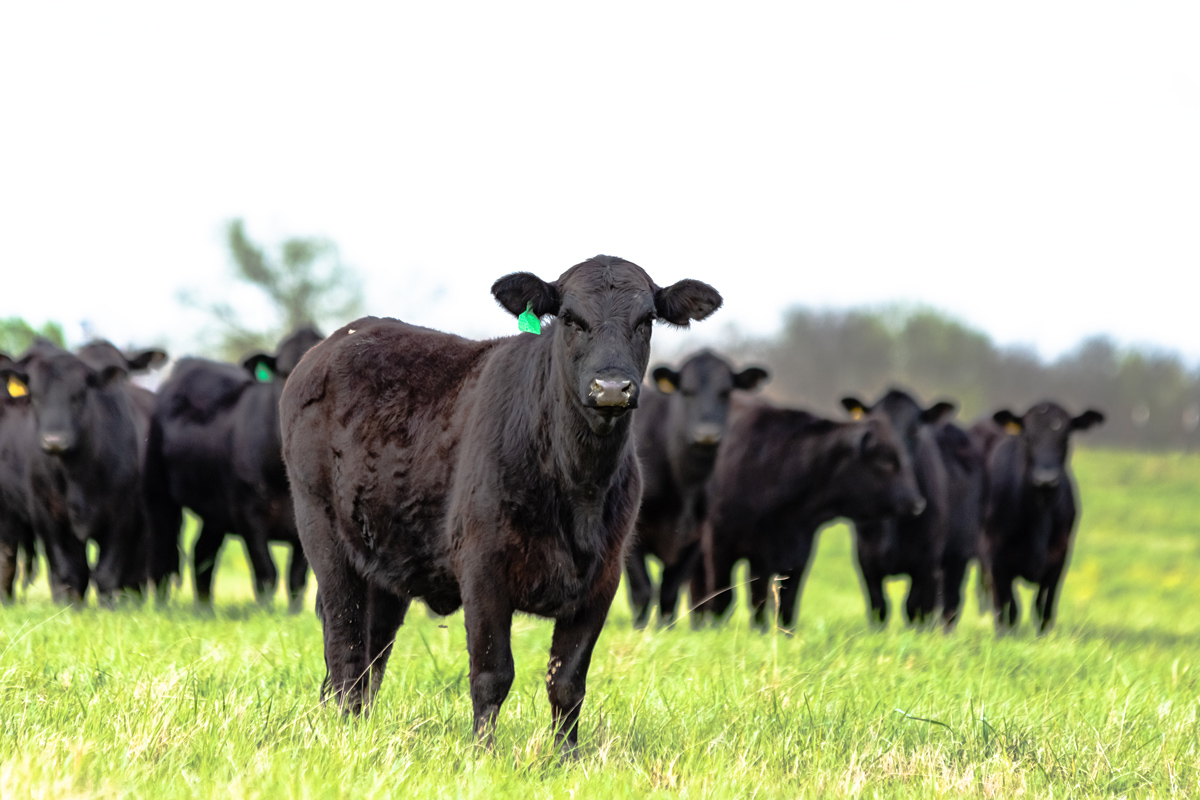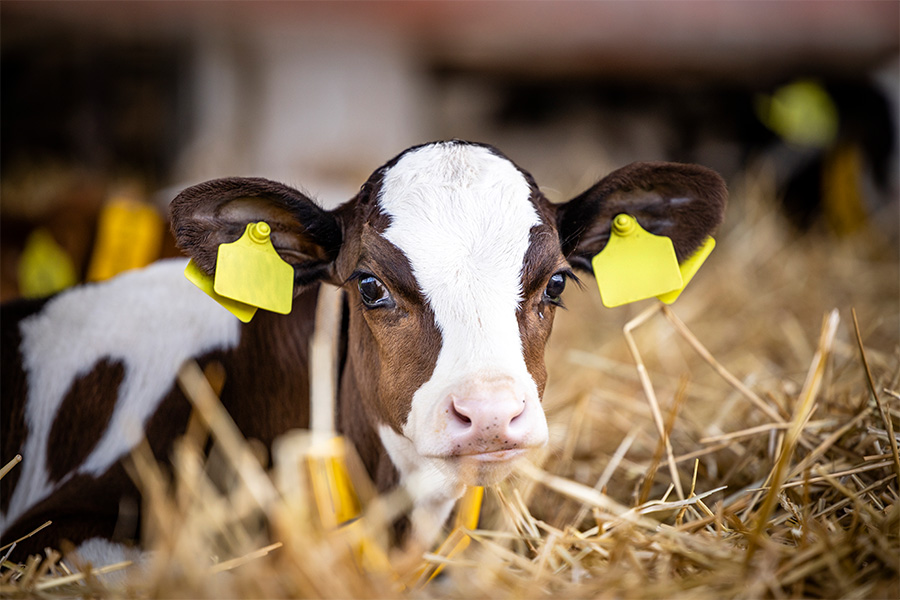Agricultural and Applied Economics
-

These irrigation budgets, developed by University of Georgia Cooperative Extension, are estimates of the irrigation costs of a center pivot irrigation system located in southeast Georgia. Our intention is to provide flexible, user-friendly irrigation budgets with default values. That being said, the variation among different farm conditions can impact investment costs and annual costs associated with irrigation; users are suggested to modify these default values and customize their budgets according to their specific field conditions. Please consult your irrigation providers for properly designed center pivot systems that match well production to achieve your irrigation goals. This should serve as a generalized user guide for irrigation budgets and provide guidance for adjusting the default values in the budgets.
Calvin D. Perry, Amanda R Smith, Wesley Porter, Cale Cloud, and Yangxuan Liu
|
-

Cover crops are in essential part of an organic production system. Cereal rye and crimson clover are cover crops that are commonly used. If organic cover crop production is a viable enterprise for growers, it could improve the availability of varieties adapted to the Southeast; provide a source for locally grown seeds; and be another profit center for growers, seed cleaners, and local seed companies.
This bulletin discusses what farmers need to know about producing cover crops organically and gives example enterprise budgets for cereal rye and crimson clover. A two-year on-farm trial indicated that producing organic cover crop seed may be profitable.
Julia W. Gaskin, Amanda R Smith, and Ray Hicks
|
-

It is widely accepted that storing farm equipment under a shelter is better than storing it outside and that hay stored in a barn is better than hay stored in the field. But how can we determine just how much a farm storage building is worth? The answer is different for every individual operation, but there are some guidelines that will help you make an intelligent decision about whether or not you can afford a building (or afford not to have one).The following is a discussion of the costs and benefits of owning a building, along with some example calculations. In each example, you are given the opportunity to substitute your figures, which might more accurately reflect your local markets and conditions.
John W. Worley and Levi A Russell
|
-

Cutting costs allows producers to survive during trying times and also teaches valuable lessons that may actually increase profits in future years. Cutting corners, on the other hand, may save some money in the short-run but ultimately will have very detrimental effects.
Lawton Stewart, R. Curt Lacy, Dennis Hancock, Ronald E. Silcox, and Glendon H. Harris
|
-

B 1377
UGA Feed Cost Analyzer
The UGA Feed Cost Analyzer is a spreadsheet-based decision aid to compare potential feedstuffs on a price per pound of crude protein and energy (total digestible nutrients; TDN). This program consists of a feed library prepopulated with some common feedstuffs, a least cost feedstuff analyzer, and a feedstuffs replacement calculator. Each page contains step by step directions on how to use this decision aid.
R. Curt Lacy, Dennis Hancock, and Lawton Stewart
|
-

Price and expenditure elasticities at the retail level between 1960 and 1993 were estimated for 11 fresh fruits and 10 fresh vegetables by employing a composite demand system approach and using annual data. Most fresh fruits and vegetables were found to respond significantly to changes in their own prices but insignificantly
to changes in expenditures. The study partially incorporated the interdependent demand relationships between fresh fruits (vegetables) and all other commodities, yet effectively avoided the problems of insufficient degrees of freedom.Chung-Liang Huang and James E. Epperson
|
-

This publication contains a financial analysis of alternatives to methyl bromide and mulch for bell pepper in Georgia. This research is aimed at seeking the best fumigant substitute for methyl bromide (MB) along with the perfect mulch complement that effectively enhances production yield and profitability potential. The main goal of this report is to make the alternatives accessible to farmers
through different planning budgets they could use in decision making.Stanley Culpepper, Cesar L. Escalante, Esendugue Greg Fonsah, and Clarisse Ferrer
|
-

Profitable cattle marketing means producing the most profitable calf, selling through the most profitable market outlet and pricing at the most profitable time. Unfortunately, most cow-calf producers simply sell their calves. Marketing means choices on how or what to put on the market, where to market and when to price. The first step in becoming a cattle marketer is to recognize all your alternatives and evaluate each in light of potential cost and returns, selecting the most profitable rather than the most convenient alternative.
R. Curt Lacy and Carole Knight
|
-

To be more competitive, Georgia blueberry producers have to increase their yields to match or better the average U.S. values. This increase can occur through an improvement of the agricultural practices and a better mastery of blueberry cultivation. This publication contains information to help Southern Highbush blueberry growers in Georgia maximize their profits.
Gerard W. Krewer, Esendugue Greg Fonsah, John Ed Smith, and R. Danny Stanaland
|